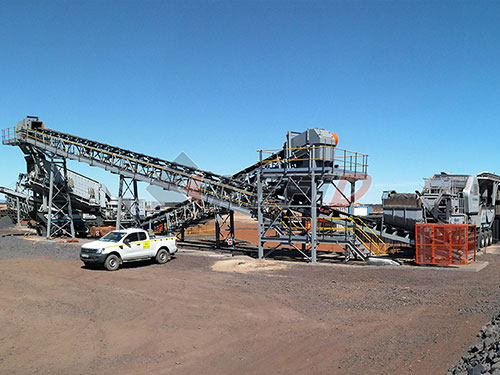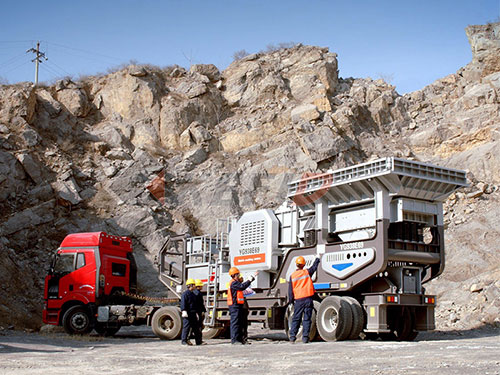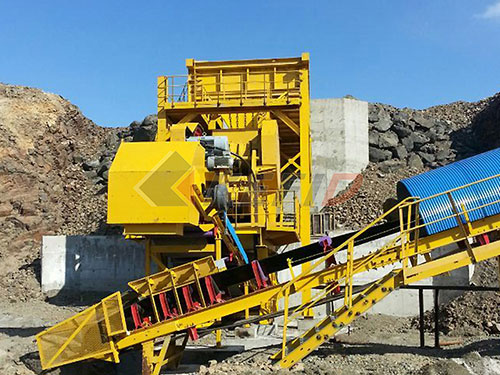The Econocrusher: Understanding and Navigating the Relentless Pressures of Modern Economies
The term “Econocrusher” evokes a visceral image – an immense, impersonal force relentlessly bearing down upon individuals, businesses, communities, and even nations. While not a formal academic term found in textbooks, it powerfully encapsulates the complex confluence of pressures shaping our contemporary economic reality. It represents the cumulative weight of globalization’s dislocations, technological disruption’s speed and scale, volatile financial markets demanding constant returns, shifting geopolitical tectonics altering trade flows overnight, and intensifying environmental constraints demanding fundamental restructuring – all converging to create an environment where resilience is constantly tested and adaptation is not merely advantageous but essential for survival.
This article delves deep into the anatomy of the Econocrusher. We will dissect its key components, explore its historical evolution from nascent pressures to today’s overwhelming force, examine its multifaceted impacts across different strata of society and sectors of the economy, analyze real-world manifestations through poignant case studies, and critically assess potential pathways towards mitigation and resilience-building in its formidable shadow.
I. Deconstructing the Econocrusher: Core Mechanisms
The Econocrusher isn’t a single entity but a system driven by several powerful and often interconnected engines:
1. Technological Disruption & Automation: This is arguably the most visible driver. The relentless pace of innovation – Artificial Intelligence (AI), robotics, advanced algorithms – fundamentally alters production processes and labor markets at unprecedented speed.
Impact: Job displacement isn’t just about routine tasks anymore; cognitive roles are increasingly vulnerable. Skills become obsolete rapidly (“skills gap”), creating structural unemployment even amidst overall growth (“jobless recoveries”). Businesses face existential pressure to adopt new tech or risk obsolescence.

Velocity: The acceleration of this cycle creates immense pressure; adaptation windows shrink dramatically.
2. Globalization & Hyper-Competition: While driving efficiency and access to goods/services for consumers globally, globalization has intensified competitive pressures exponentially.

Impact: Companies face competitors from anywhere on earth with potentially lower costs or unique advantages. Supply chains become complex yet fragile (as demonstrated by recent disruptions). Labor arbitrage puts downward pressure on wages in developed economies while creating intense competition among developing nations for investment.
Concentration: Benefits often accrue disproportionately to large multinational corporations capable of navigating complex global networks and leveraging scale/access to capital.
3. Financialization & Short-Termism: The increasing dominance of financial

Leave a Reply